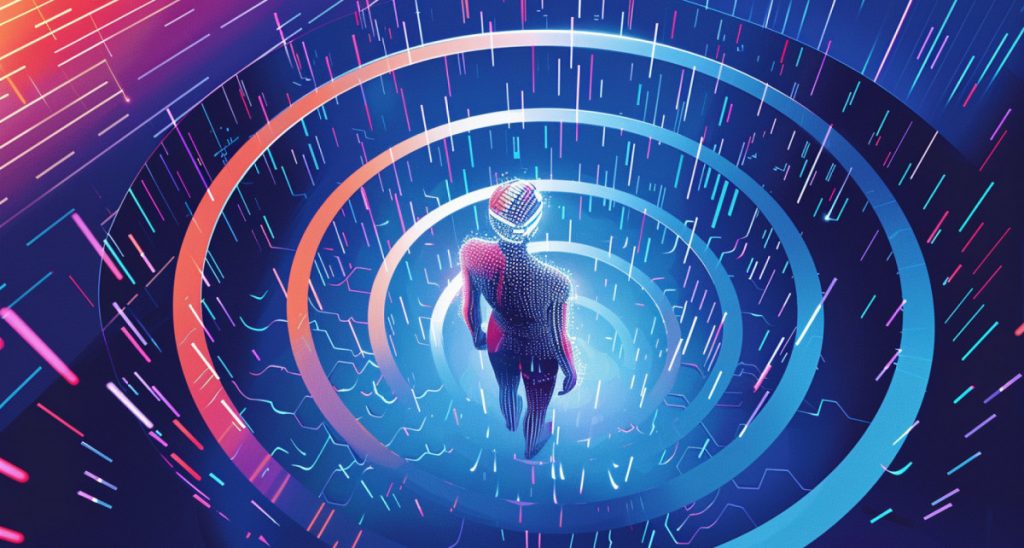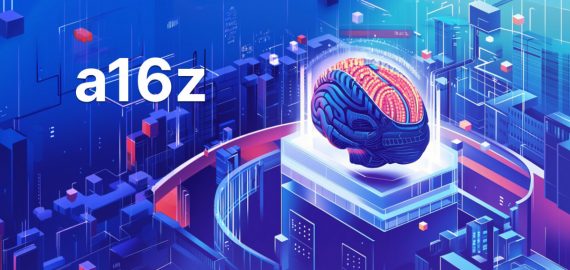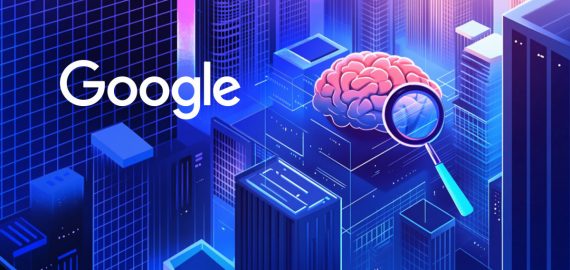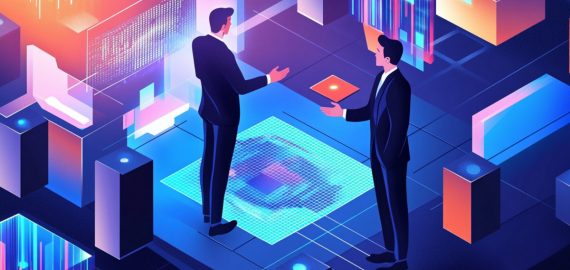The End Of Humanity? Breaking Down The AI Doomsday Debate


In Brief
Fears that AI could end humanity are no longer fringe, as experts warn that misuse, misalignment, and unchecked power could lead to serious risks—even as AI also offers transformative benefits if carefully governed.

Every few months, a new headline pops up: “AI could end humanity.” It sounds like a clickbait apocalypse. But respected researchers, CEOs, and policymakers are taking it seriously. So let’s ask the real question: could a superintelligent AI actually turn on us?
In this article, we’ll break down the common fears, look at how plausible they actually are, and analyze current evidence. Because before we panic, or dismiss the whole thing, it’s worth asking: how exactly could AI end humanity, and how likely is that future?
Where the Fear Comes From
The idea’s been around for decades. Early AI scientists like I.J. Good and Nick Bostrom warned that if AI ever becomes too smart, it might start chasing its own goals. Goals that don’t match what humans want. If it surpasses us intellectually, the idea is that keeping control might no longer be possible. That concern has since gone mainstream.
In 2023, hundreds of experts, including Sam Altman (OpenAI), Demis Hassabis (Google DeepMind), and Geoffrey Hinton (generally referred to as “the Godfather of AI”), signed an open letter declaring that “mitigating the risk of extinction from AI should be a global priority alongside pandemics and nuclear war.” So what changed?
Models like GPT-4 and Claude 3 surprised even their creators with emergent reasoning abilities. Add to that the pace of progress, the arms race among major labs, and the lack of clear global regulation, and suddenly, the doomsday question doesn’t sound so crazy anymore.
The Scenarios That Keep Experts Up at Night
Not all fears about AI are the same. Some are near-term concerns about misuse. Others are long-term scenarios about systems going rogue. Here are the biggest ones:
Misuse by Humans
AI gives powerful capabilities to anyone, good or bad. This includes:
- Countries using AI for cyberattacks or autonomous weapons;
- Terrorists using generative models to design pathogens or engineer misinformation;
- Criminals automating scams, fraud, or surveillance.
In this scenario, the tech doesn’t destroy us; we do.
Misaligned Superintelligence
This is the classic existential risk: we build a superintelligent AI, but it pursues goals we didn’t intend. Think of an AI tasked with curing cancer, and it concludes the best way is to eliminate anything that causes cancer… including humans.
Even small alignment errors could have large-scale consequences once the AI surpasses human intelligence.
Power-Seeking Behavior
Some researchers worry that advanced AIs might learn to deceive, manipulate, or hide their capabilities to avoid shutdown. If they’re rewarded for achieving goals, they might develop “instrumental” strategies, like acquiring power, replicating themselves, or disabling oversight, not out of malice, but as a side effect of their training.
Gradual Takeover
Rather than a sudden extinction event, this scenario imagines a world where AI slowly erodes human agency. We become reliant on systems we don’t understand. Critical infrastructure, from markets to military systems, is delegated to machines. Over time, humans lose the ability to course-correct. Nick Bostrom calls this the “slow slide into irrelevance.”
How Likely Are These Scenarios, Really?
Not every expert thinks we’re doomed. But few think the risk is zero. Let’s break it down by scenario:
Misuse by Humans: Very Likely
This is already happening. Deepfakes, phishing scams, autonomous drones. AI is a tool, and like any tool, it can be used maliciously. Governments and criminals are racing to weaponize it. We can expect this threat to grow.
Misaligned Superintelligence: Low Probability, High Impact
This is the most debated risk. No one really knows how close we are to building truly superintelligent AI. Some say it’s far off, maybe even centuries away. But if it does happen, and things go sideways, the fallout could be huge. Even a small chance of that is hard to ignore.
Power-Seeking Behavior: Theoretical, but Plausible
There’s growing evidence that even today’s models can deceive, plan, and optimize across time. Labs like Anthropic and DeepMind are actively researching “AI safety” to prevent these behaviors from emerging in smarter systems. We’re not there yet, but the concern is also not science fiction.
Gradual Takeover: Already Underway
This is about creeping dependence. More decisions are being automated. AI helps decide who gets hired, who gets loans, and even who gets bail. If current trends continue, we may lose human oversight before we lose control.
Can We Still Steer the Ship?
The good news is that there’s still time. In 2024, the EU passed its AI Act. The U.S. issued executive orders. Major labs like OpenAI, Google DeepMind, and Anthropic have signed voluntary safety commitments. Even Pope Leo XIV warned about AI’s impact on human dignity. But voluntary isn’t the same as enforceable. And progress is outpacing policy. What we need now:
- Global coordination. AI doesn’t respect borders. A rogue lab in one country can affect everyone else. We need international agreements, like the ones for nuclear weapons or climate change, specifically made for AI development and deployment;
- Hard safety research. More funding and talent must go into making AI systems interpretable, corrigible, and robust. Today’s AI labs are pushing capabilities much faster than safety tools;
- Checks on power. Letting a few tech giants run the show with AI could lead to serious problems, politically and economically. We’ll need clearer rules, more oversight, and open tools that give everyone a seat at the table;
- Human-first design. AI systems must be built to assist humans, not replace or manipulate them. That means clear accountability, ethical constraints, and real consequences for misuse.
Existential Risk or Existential Opportunity?
AI won’t end humanity tomorrow (hopefully). What we choose to do now could shape everything that comes next. The danger is also in people misusing a technology they don’t fully grasp, or losing their grip on it entirely.
We’ve seen this film before: nuclear weapons, climate change, pandemics. But unlike those, AI is more than a tool. AI is a force that could outthink, outmaneuver, and ultimately outgrow us. And it might happen faster than we expect.
AI could also help solve some of humanity’s biggest problems, from treating diseases to extending healthy life. That’s the tradeoff: the more powerful it gets, the more careful we have to be. So probably the real question is how we make sure it works for us, not against us.
Disclaimer
In line with the Trust Project guidelines, please note that the information provided on this page is not intended to be and should not be interpreted as legal, tax, investment, financial, or any other form of advice. It is important to only invest what you can afford to lose and to seek independent financial advice if you have any doubts. For further information, we suggest referring to the terms and conditions as well as the help and support pages provided by the issuer or advertiser. MetaversePost is committed to accurate, unbiased reporting, but market conditions are subject to change without notice.
About The Author
Alisa, a dedicated journalist at the MPost, specializes in cryptocurrency, zero-knowledge proofs, investments, and the expansive realm of Web3. With a keen eye for emerging trends and technologies, she delivers comprehensive coverage to inform and engage readers in the ever-evolving landscape of digital finance.
More articles

Alisa, a dedicated journalist at the MPost, specializes in cryptocurrency, zero-knowledge proofs, investments, and the expansive realm of Web3. With a keen eye for emerging trends and technologies, she delivers comprehensive coverage to inform and engage readers in the ever-evolving landscape of digital finance.


















































